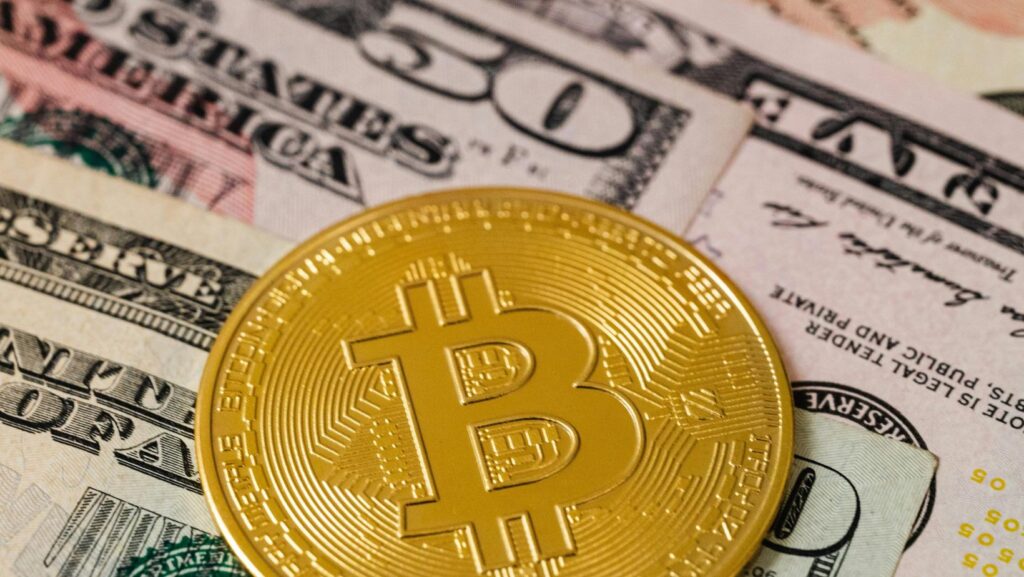
Counter-Strike: Global Offensive has advanced far from being just a first-person shooter, now existing as an essential virtual item trading point since August 2013’s “Arms Deal,” when weapon skins were really integrated into the game.
This was the phenomenon that personalized gameplay for every user and, at the same time, spawned an economy where gamers buy, sell and trade such cosmetic items. This paper explores the development, attractiveness, economic influence, future developments and consequences of CSGO Trading.
The Appeal of CSGO Skins
At the very foundation of CSGO trading are various skin types and custom weapons of all sorts of rarity, from the common to the extremely rare. The attraction to rare skins is their attractiveness and rarity, as well as the status attached to them by the respective gamers. Some have actual designs made by actual artists, while some are made to symbolize huge events or accomplishments. All these functions make the value of several skins appreciate up to thousands of dollars because of the scarce nature of the skins themselves.
Rare skins give a psychological feeling of accomplishment and prestige to the players. Just like collections of art or any other item in life that one can consider a luxury, owning rare CSGO skins makes a statement about the taste and gaming skills of the individual owner. This attachment becomes further reinforced by the social aspect of gaming communities, whereby showing off unique skins can elevate a player’s status among peers.
The Economic Impact of CSGO Trading
This has already built up a significant and complex economic impact related to CSGO trading. The market of CSGO skins works similarly to stock markets in the real world: prices change depending on supply, demand and outer events such as esports or game updates. Some rare skins have changed hands for a stunning amount, pointing out potential profit within the trading ecosystem.
Valve Corporation itself facilitated this market for CSGO players. Thanks to the Steam Community Market, players could buy or sell virtual items with no risks using the money contained in their Steam Wallets. Thus, it acts as a safe trading space, revealing neither false nor fraudulent transactions.
But it also brings money to the company, supporting it with a percentage of transaction fees. But beyond Valve ecologies, there was a set of third-party trading websites consisting of an enhanced functional and services provision that dealt with the individual needs of each trader.
Other game developers are most likely inspired by the success of the CSGO trading system, considering the very high possibility of increasing player engagement and monetization. However, literally with the development, the site was subjected to criticism for its opportunity to facilitate gambling-like behaviors and the participation of underage people, hence causing discussions related to authorities’ regulation actions and ethical perspectives.
The Future of CSGO Trading
Looking at the future of CSGO trading, there will be a couple of trends that will take center stage. Blockchain technology, rapidly transforming trading platforms to offer better security and transparency, currently holds excellent potential for realization. Some online trading sites have started to experiment with the application of blockchain solutions to verify the authenticity and ownership of in-game items to enhance trust and reducing fraud.
The second major trend identified by the research is one of increasing regulatory scrutiny. As a market matures, there’s already a history of sundry regulatory bodies intervening to accompany issues such as underage gambling and money laundering. From here, further regulations could further limit trading platforms and insist on more robust protections for users in the future: this, in turn may drastically alter how virtual items are traded.
This decade will experience an unstoppable storm of technological breakthroughs, primarily in artificial intelligence and machine learning, which will undoubtedly revolve around successfully trading strategies. Introduce better algorithms that can interpret market trends and player behaviors to inform traders and execute the right decision. This is because AI-driven tools are likely to perfect security proportions through the more intelligent discovery and elimination of fraud more effectively as it becomes more widespread.
The dynamics of trading will continue to be affected by the evolution of CSGO itself. Several factors will affect market demand, such as updates, new skin releases and esports events. Meanwhile, Valve’s policies on item trading and how market regulations are moderated will determine the future CSGO trading dynamics.
Conclusion
CSGO trading has evolved from a simple feature to a full-blown virtual economy with global implications.

The aesthetic appeal of owning and trading virtual items, driven by rarity and further by social status, has created a dynamic market in which millions of dollars change hands annually. As the market continues to evolve, technological innovations, regulatory developments and shifts in how consumers behave will shape its future. Though constantly controversial and challenging to maintain a positive vibe, CSGO trading happens at its core. Apart from this, it enhances player engagement and creates a community feeling with gaming craftiness. Whether collecting rare skins for personal satisfaction or strategic investments with eyes on ROI, CSGO trading seems essential to maintain in the gaming culture for years to come.














